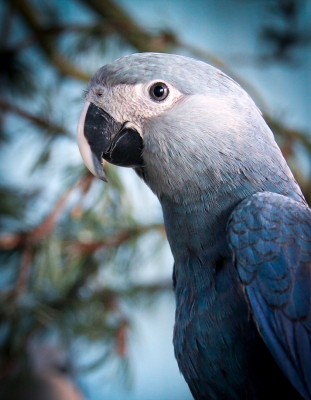
Species loss
Wildlife trafficking threatens the survival of some of the Earth’s most iconic species. For instance, between 2014 and 2017, more than 1,00,000 African elephants were killed for ivory. In 2011, the International Union for the Conservation of Nature (IUCN) declared the Western black rhinoceros extinct and cited poaching as the primary reason. According to the World Wide Fund for Nature (WWF), wildlife crime is second only to habitat destruction in overall threats against species survival.
Biodiversity loss
Wildlife trade affects food chain and threatens the local ecosystem. For instance, the loss of a predator species can results in the overpopulation of the prey species, leading to disruption in the ecological balance.
Poor conditions of animals kept for trade
Animals captured for pet trade are transported in poor conditions. They are stuffed into boxes, suitcases, or sacks. Even if they survive the transport, they often suffer in their new, unnatural surroundings. Many animals are kept in markets for months, waiting to be sold, with even their basic needs unattended to.
Impact on humans
As we saw earlier, poached animals can spread diseases, such as Ebola and SARS. Poaching also puts local people and officials at risk. In Africa, nearly 600 rangers in charge of protecting wildlife were gunned down by poachers between 2009 and 2016 while in the line of duty.
Different countries employ different methods to curb poaching. Though some efforts have borne fruit, illegal wildlife trade continues unabated.
Picture Credit : Google
